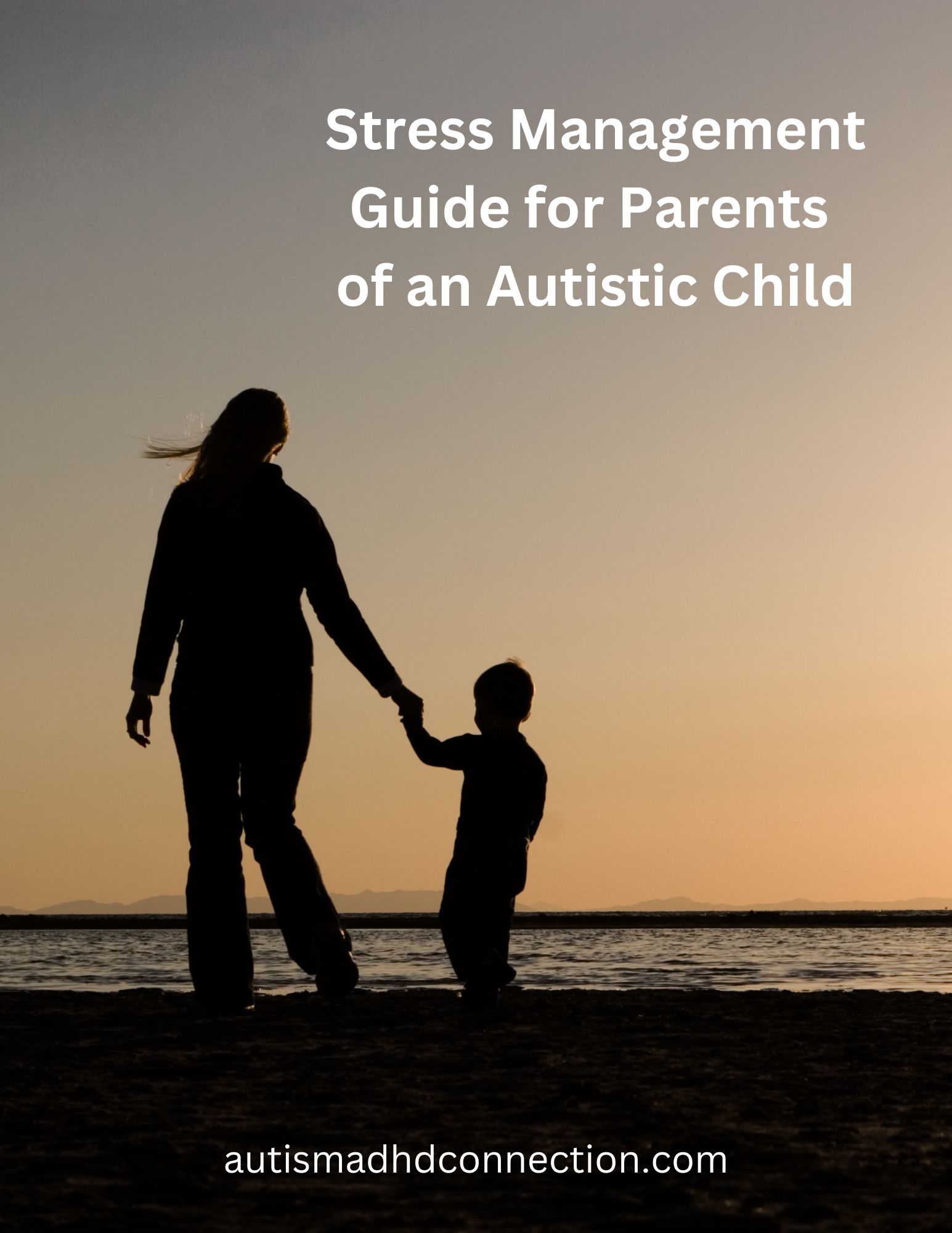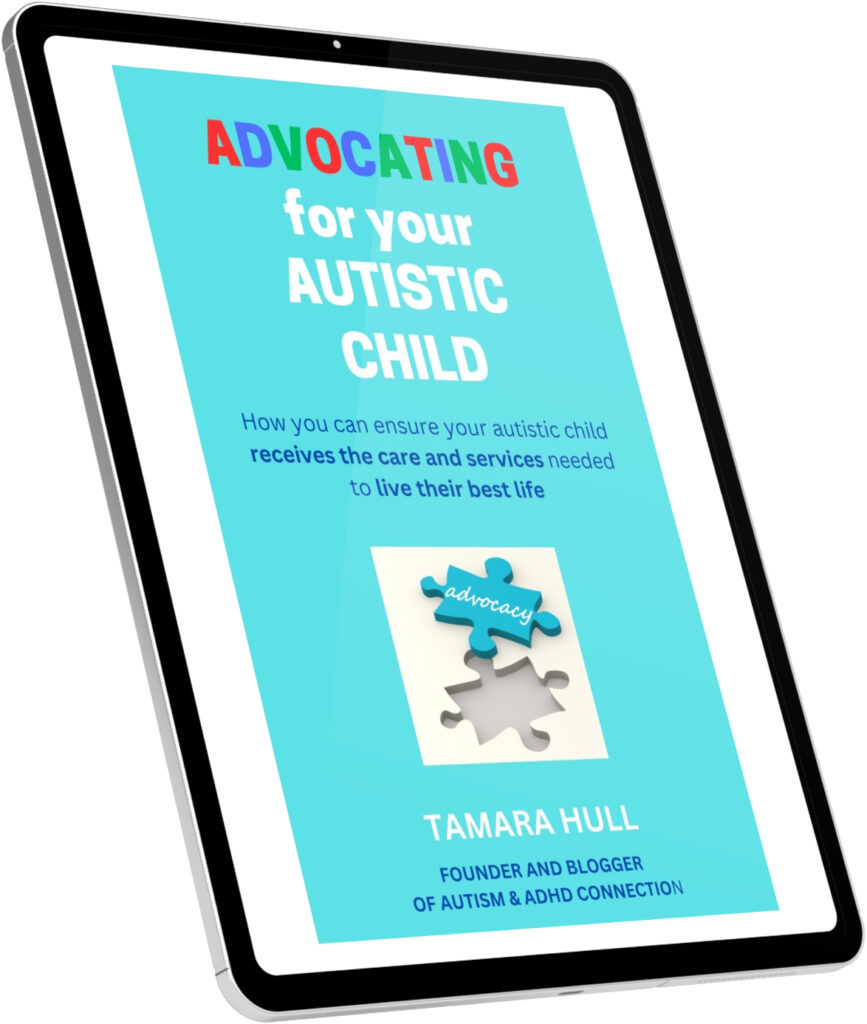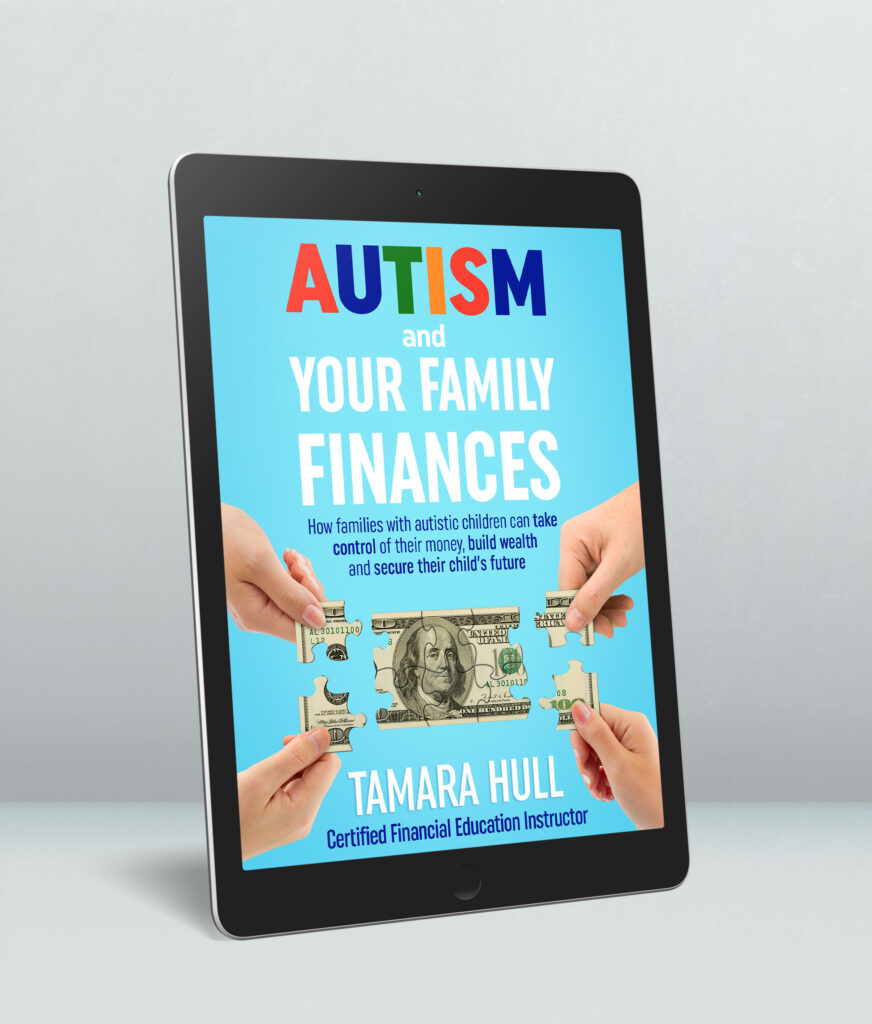One of the most difficult parts of being a parent of an autistic child is when they attempt or accomplish self-harm. We never want to see our children in pain, and it’s even worse when they are inflicting pain on themselves. But how can we as parents help prevent our autistic child from self-harm?
What is self-injury and self-harm?
First, self-injury is not a trait of autism. It usually is caused by some other underlying issue, and that could be another health condition such as depression and anxiety.
What does self-injury and self-harm usually look like? It can include a child slapping, pinching, scratching or biting themselves. It also can include banging their head or pulling out their hair. Self-harm can also be more extreme and lead to actions such as cutting or burning themselves. And autistic people are at higher risk of suicide if they have a history of self-harm.
Self-injury is when a child does these actions but doesn’t have the intent of causing themselves harm. Self-harm occurs when a child or teen intentionally wants to cause themselves pain.
While I won’t go into details to protect his privacy, self-injury and harm is something our son J has experienced. It’s so difficult for him and our whole family, and it’s heartbreaking for us as parents who never want to see our child in pain. We continually seek help for him and do everything we can to help prevent it. For other parents who are trying to manage this, you are not alone, and we know what you are going through.
Causes behind self-harm
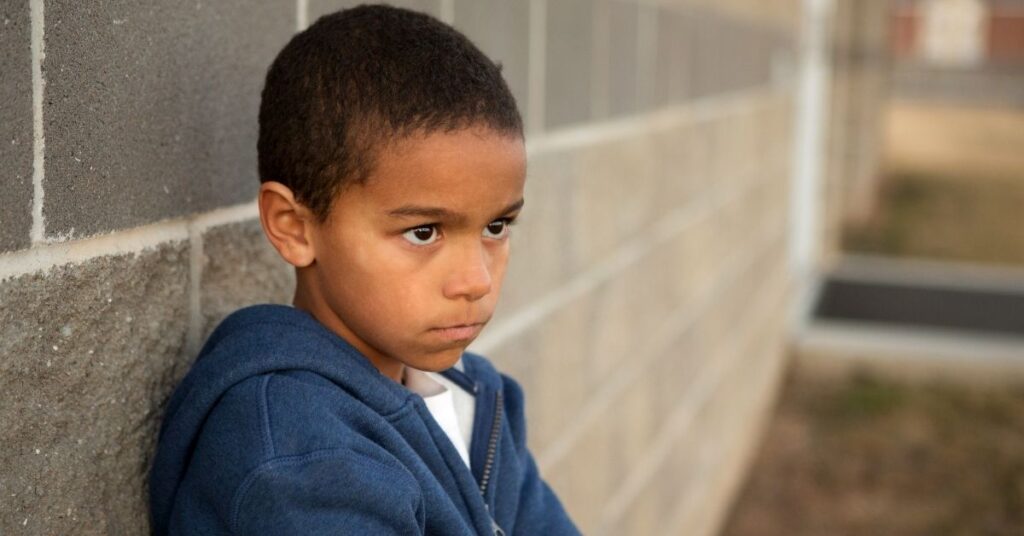
Why do some autistic children and teens have self-injurious behavior? It can be caused by many factors, including:
- The inability to control intense emotions and self-regulate.
- It provides sensory input for some children.
- Difficulty dealing with transitions, whether it’s at school, home or another place.
- They are struggling with a high level of stress or worry.
- Your child or teen may have gone through some sort of trauma or difficult experience such as an illness, relationship break-up or other complex situation.
- They want to feel in control.
- The child or teen may self-harm as a way of punishing themselves.
What can you do to help prevent your autistic child from self-harm?
As parents or caregivers, you want to help prevent your autistic child or teen from self-harm. What are some things you can do?
1. Start keeping a diary of episodes to determine the triggers
If this behavior is ongoing, start writing down what happens so that you can identify patterns and triggers. Record the time of day, situation, actions and anything else you observe that can be helpful in better understanding the why of your child’s behavior.
2. Talk to your child’s doctor as soon as possible
You need to discuss the situation with your child’s doctor and/or therapist. They can determine what type of action needs to be taken. Could your child have an undiagnosed mental health condition that needs treatment? If your child is not already seeing a therapist, cognitive behavior therapy or another type of talk therapy could be key in helping your child. It’s possible your child may need medication. Those treatments can help with prevention or a reduction in the behavior.
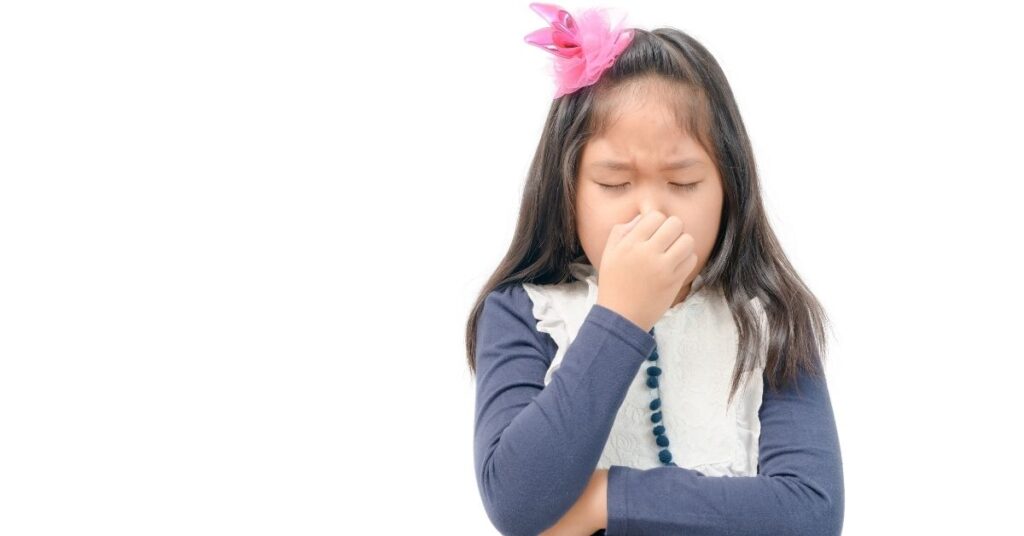
3. Teach your child ways to better self-regulate their emotions
Many times, our emotions become so high that we want to escape from them in any way we can. Your child or teen experiences that too. Help them learn how to calm themselves down when emotions become intense. There are so many ways to do this, and you have to find the things that work for your child or teen.
Our son J has a quiet place at school (called the Zen Room) that he can go to when needed, and one of his teachers taught him a deep breathing exercise that works for him. At home, many times he will go outside and walk around the yard to help process emotions.
4. Help your child learn how to better communicate
Sometimes, self-injury occurs when an autistic child doesn’t know another way to communicate their thoughts and emotions. This can be especially true for children who are non-verbal. Being able to successfully express themselves in another, healthy way could help reduce or prevent self-injury.
5. Support your child and show empathy
Your child or teen is in pain if they are causing themselves injury or harm. Be there for them by showing empathy and not judging them. Ask them what you can do to help them. You may be surprised by their response. They also may say they have no idea how you can help. But knowing that you are there and on their side is beneficial for them. They want to know you care and love them, so tell and show them how much you do.
6. Remove access to items used for self-harm
If your child is using items to harm themselves or if you feel like certain things in the house could be used by your child in that way, remove or hide them.
7. Look for signs of bullying or cyberbullying
Bullying, including cyberbullying, causes intense emotions and can be deeply harmful. Your child may be self-loathing that is caused by bullying. Read this article and find out how to take immediate action if you believe your child is being bullied at school, online or elsewhere.
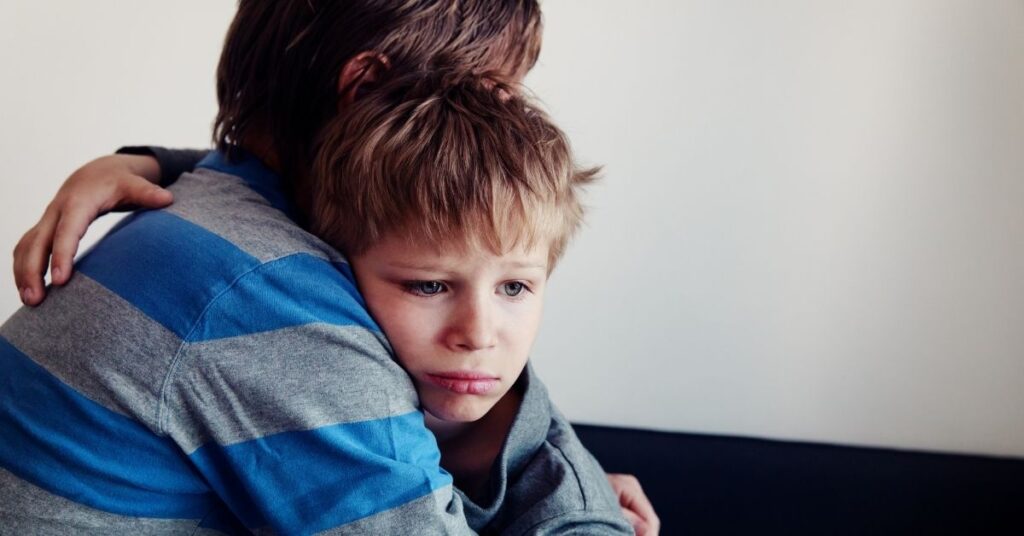
8. Know when to seek immediate help
If the situation gets so extreme that you no longer feel like you can keep your child safe in your home, have a plan to get immediate help.
- You may want to reach out to a hotline such as Crisis Text Line to talk to a counselor immediately.
- In the United States, all states must begin supporting the 988 Suicide and Crisis Lifeline beginning in July 2022. Until then, you can seek help for suicidal thoughts and mental health crisis at 1-800-273-8255 or visit the National Suicide Prevention Lifeline’s chat to connect with a trained crisis counselor.
- Call 911 for immediate assistance or take your child to the emergency room at the nearest hospital.
Do you have experience with an autistic child and self-harm and have other suggestions on how to prevent this behavior? Leave a comment below so that we can help support one another as parents, caregivers and others.



